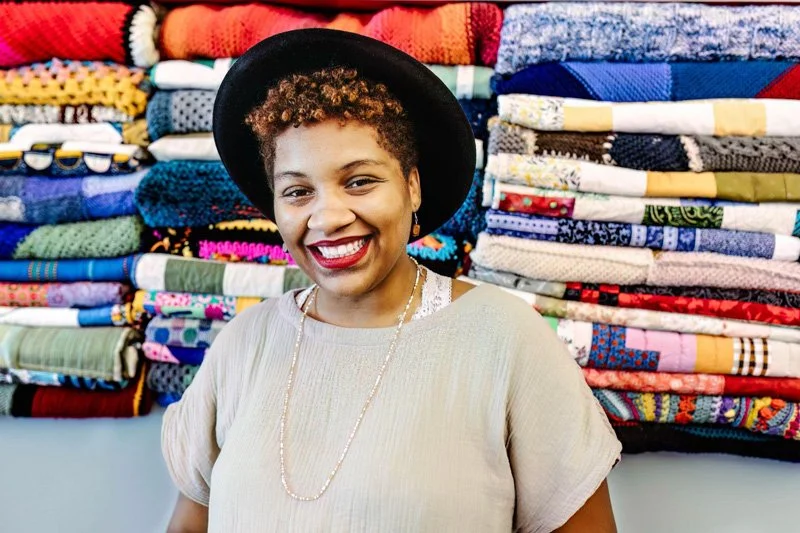NEWSLETTER
March 15, 2023
AN INTERVIEW WITH AYSHA PENNERMAN
SFI: When did you start painting and what drew you to becoming an artist?
AP: I started drawing when I was around 7 years old. While my mom did my hair, I would draw cartoon characters and objects in sketchbooks. I became interested in painting when I was in high school. My favorite classes were always the art classes. I tried to take every art related class my school had to offer. My parents put me in art classes outside of school that I enjoyed for a while also. I knew I wanted to be an artist around this time. I wasn't completely sure the type of artist I wanted to be because I enjoyed many types of art. The feeling was equal when I started college. I enjoyed painting, sculptures, life drawing, and photography. Yet it was graphic designing that I became more interested in, especially when I saw the money I made for creating graphics for people. After graduation, I started a career in graphic design. I later became burnt out from always creating for others. I lost the passion in creating because of creating other people's visions all the time. I needed to create for myself, which is when I started painting again. That led to me taking a leap of faith, leaving my corporate job and becoming a full time artist and muralist.
SFI: Do you have a favorite of your own works or a project that was particularly special to you?
AP: One of my favorite murals was one I did in 2020 for GA's run off election in collaboration with Harness and New Georgia Project. It was called Vote Like Your Children's Future Depends On It, located on Edgewood on the side of Staplehouse. I was one of the selected artists to participate in this initiative with several other local artists across Georgia commissioned to use the power of art to mobilize Black and other communities of color to vote early in the Georgia run-off elections. The mural included my two sons and their friends. They are one of my reasons why I vote, wanting a better future for them. My hope was and still is to motivate people to vote and pave a way for a better future for future generations. What we do now determines their future. Let's set them up for success.
SFI: What would you like to share about Impactful Brush and the work you do with your nonprofit organization?
AP: As an artist, I have a responsibility to amplify voices and bring awareness of places and people that are overlooked. It’s also an opportunity for the art to be a spark of hope for people. Impactful Brush is an extension of my mission to use art for positive change. Impactful Brush uses art as the vehicle to beautify and enrich communities that are often overlooked. The mission of Impactful Brush is to empower and bring hope to communities in need and youth through community and public art activations.
We work in communities and schools collaboratively to bring light, color, and life into their spaces.
SFI: How do you think art has been a catalyst for change in communities that you've worked in?
AP: A change in an environment can have such a positive impact, especially in schools. A specialist, Kathryn J.Grube stated, “White walls have proven to cause detrimental psychological effects, such as anxiety, disruptive behaviors, lack of focus, and depressive moods to students and educators that spend time within the space.”
Public art can promote a sense of belonging, welcomeness, openness, and strengthen a community or space. It can amplify voices that are overlooked. It can bring awareness to issues that need to be addressed. Art is an amazing and powerful tool that can make this world a better place.

